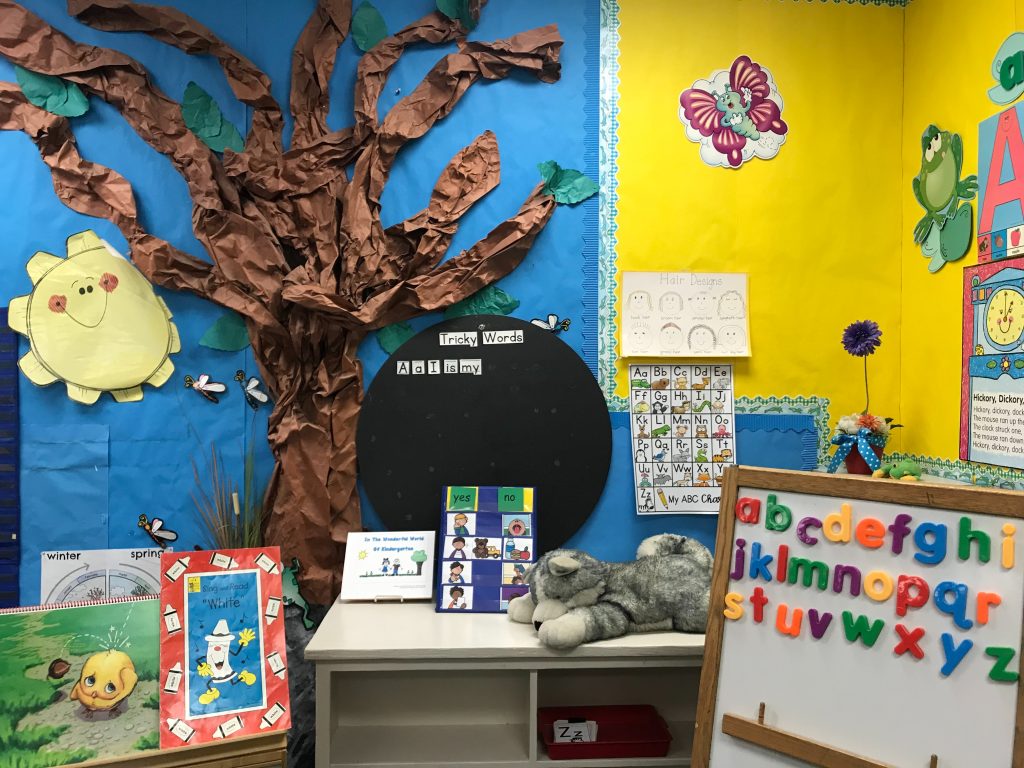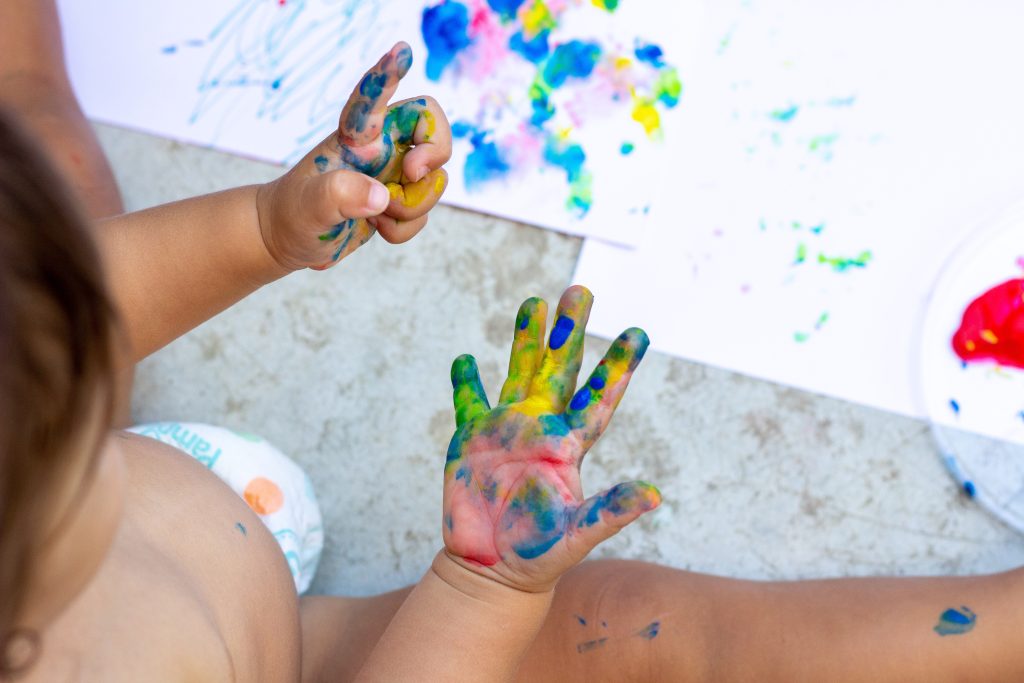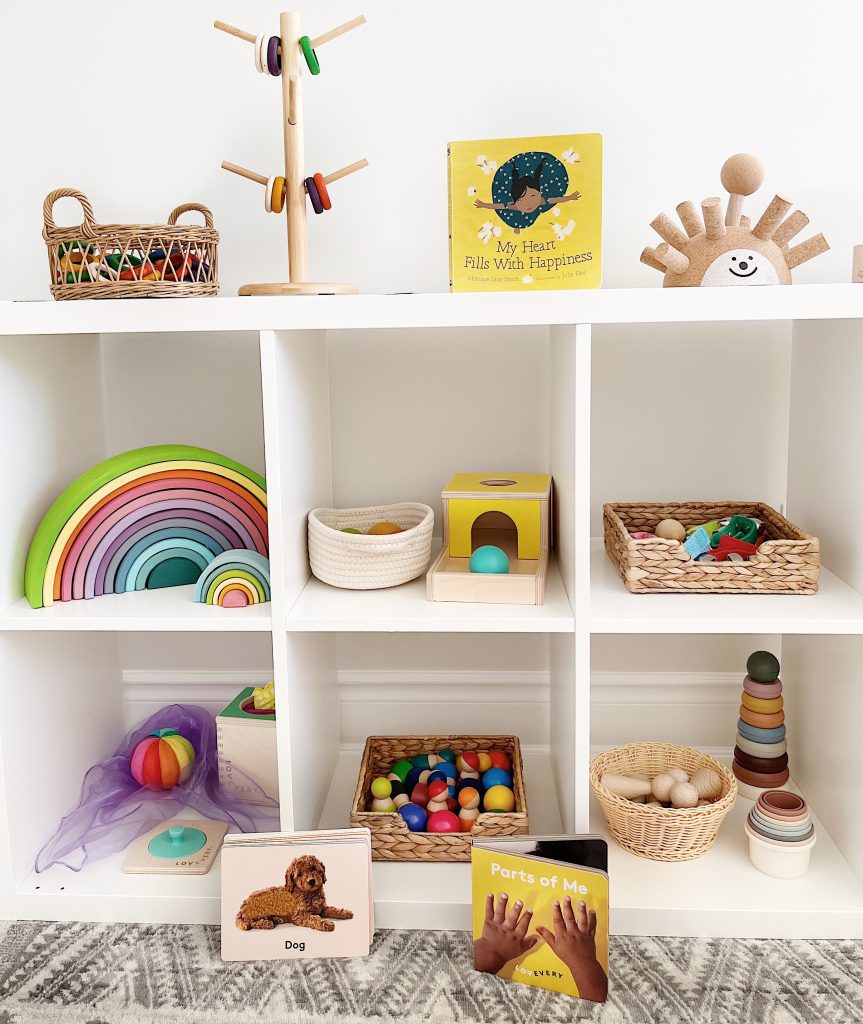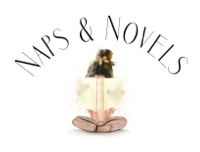When I think back to when I first started teaching, classrooms all looked the same. Lots of primary colours, colourful carpets for circle time, bright boarders and bulletin boards, plastic toys tucked away in colourful bins. I had the authority in the classroom, kept the classroom orderly and quiet, ensured all students were listening and sitting nicely. I remember spending hours cutting pieces of construction paper to make animals, flowers and rainbows. Play was restricted to certain areas of the room, toys couldn’t be brought from one place to another, only a certain amount of kids were allowed at each centre at a time. Indoor voices, no big messes.

It wasn’t until years later, in my Masters course where I was asked to describe my image of the child – something I had never even thought to consider before. Now, when I think of my very first years teaching in the typical classroom, I see the image of the child as one who is obedient, compliant, one who needs to be quiet, a sponge that needs to soak up all of the knowledge.
Today, my image of the child closely aligns with the ideas and beliefs expressed in How Does Learning Happen (2014), a curriculum document used widely in early childhood centres across Ontario. I view the child as competent, curious and full of potential. I now firmly believe that when we release our control and our need for constant order and allow children to participate in play that might be out of our comfort zones or play that is messy or loud, we are igniting all of their senses. We are creating rich play experiences for children where they have control and can direct their own play, at their own pace and in a way that is meaningful to them. It might be unpredictable and it may feel uncomfortable but it’s magical. We are telling children that we believe in them and that we trust in their capabilities. We are empowering children.

So, why am I sharing this with you? Because when I play with my daughter, I constantly think of my image of the child – the confident, resilient, competent child. My image of the child is connected to how I set up her play space and how and why I provide certain play experiences for her. Open, low shelving will allow my daughter when she is a little older to easily access toys and materials that are of interest to her. I am telling her that her interests matter, that I hear her. I am giving her a voice. When toys are stored away in storage bins or containers with lids, children can’t see them and therefore won’t be inspired to play with them or be able to let their imagination fly. I like to take direction from my daughter because even at 7 months she is showing me what she likes and dislikes. I like to put out a variety of her play toys and let her reach and grab for what she wants to play with. It’s my small way of giving her some autonomy even at such young age. When she is older I will expose her to lots of open ended materials so she can decide how she wants to use and play with the materials in a way that is important and exciting to her. Sensory play might be messy but the way her eyes light up and the way she smiles makes it all so worth it.

I look at my daughter and watch her play and I am fascinated by her curiosity and capabilities even at 7 months old. I hope to always provide her with experiences that make her feel confident, inspired, capable and resilient because that is exactly how I see her in my eyes. I’m grateful that my image of the child matured from obedient and compliant to competent, curious and full of potential.
So, what is your image of the child?

Leave A Reply